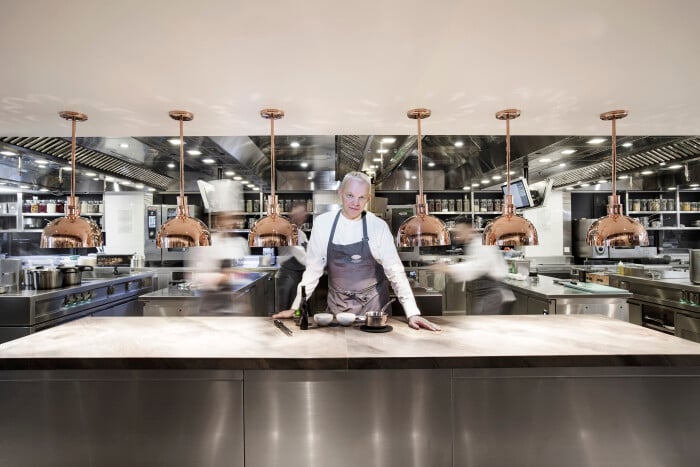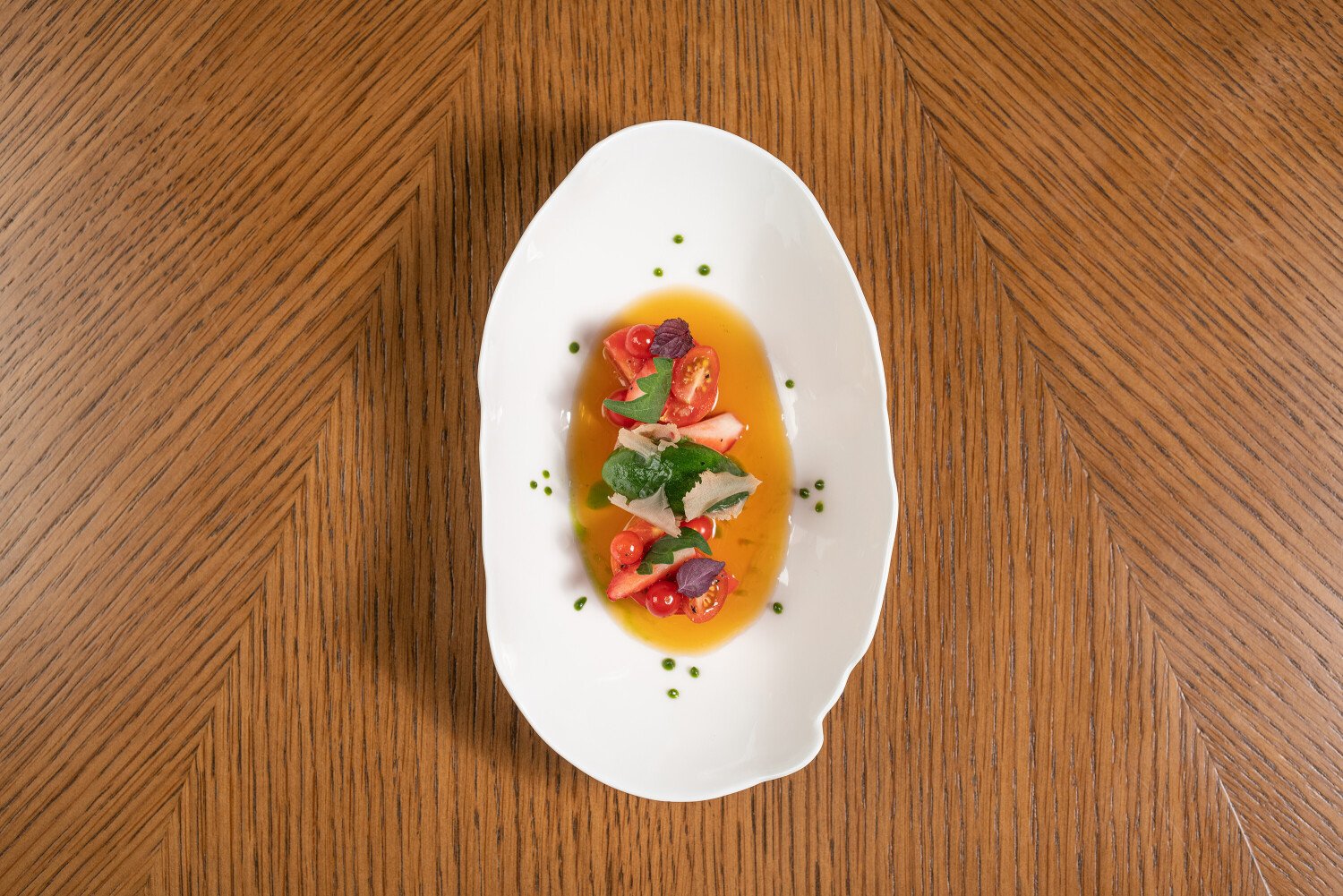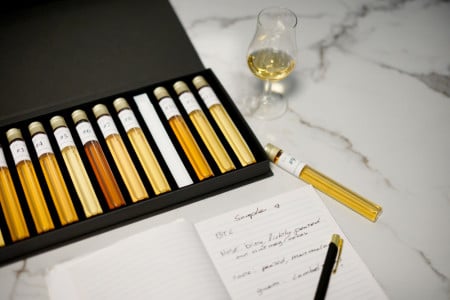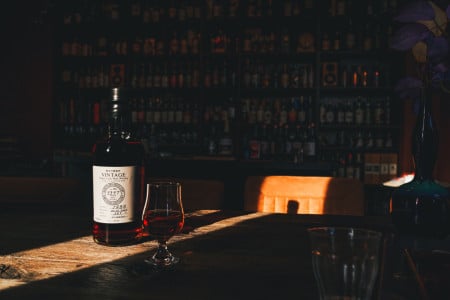You are originally from the Netherlands, but you have lived abroad for many years now. What are Dutch dishes and products that you love and miss?
I miss mussels cooked in beer, 'maatjesharing' (Dutch new herring) and genuine very old Gouda cheese is amongst the first things I will eat when I arrive in Holland. But I am living outside of Holland for 35 years, so it is not like I ship these items. It's mostly when I am in Holland and the nostalgy takes over, that I want to eat these things.
We know that you are a wine aficionado and connoisseur. Can you tell us how you became a wine lover? Do you remember that first ‘wow- moment’?
It started when I worked in Chateau Neercanne. The amazing cellars in the caves behind the chateau where a constant attraction to me. In this time, I also started to travel to France to discover Alsace, Burgundy and the Loire regions! After that, I worked for Robert Kranenborg in restaurant Corona. We had a very passionate sommelier team. Wine suppliers always came to the restaurant with amazing wines and discoveries and that was the moment that I started to become a true geek. I would read a monthly German magazine called Gourmet and a large part of it was dedicated to wine.
With a group of chefs, we saved up collectively to buy amazing bottles of wine that was featured in the magazine (otherwise we would not have been able to afford them) and shared the bottles. This was when I discovered some really amazing wines for the first time, like Barbaresco’s from Gaja which made me a lifelong fan of the Gaja family. I have been lucky to have a great relationship with Angelo and Gaia Gaja. He taught me to also love young Barbaresco and to drink them with seafood. When Angelo showed me his property in Tuscany, Ca Marcanda, and on our way to lunch in his favourite seafood restaurant at the seaside, he told me we would stop in Bolgheri to say hi to a friend. All of a sudden we stood in front of Mr Nicolò Incisa della Rocchetta of the legendary Sassicaia. He was all covered in horse hair as he just brushed his horses. I realized I was in the presence of two of the most legendary Italian wine makers who put Italy in the wine stratosphere; a highly unusual situation!
Hong Kong is very wine-minded. Do you see differences in the wine culture in Hong Kong restaurants compared to restaurants in Europe or the USA?
When I arrived in Hong Kong sixteen years ago, the city was predominantly Bordeaux-driven and I was told: "If you want a successful restaurant, you need to have a strong Bordeaux focused wine list". As my true loves are Burgundy, Rhone, Piemonte and Super Tuscans, I had trouble listening to this advice. I wanted the wine list to reflect what I love. Being a chef and how I operate is purely out of self-indulgence; I cook what I love to eat and wine should not stay behind. It should reflect my likes. Our wine list was therefore not the usual one. As I followed my heart, we had even (and still have) a very strong sake selection that was unheard of in French restaurants. We developed a logistic to manage the wine list on a tablet PC, the front runner of the Ipad. We were way ahead of our time!
But I think I can say that, with Amber, we shifted the focus from Bordeaux to a way broader drinking pattern in Hong Kong. We are proud that we have contributed to a more adventurous drinking habit. Burgundy and Rhone are both huge in Hong Kong now, both reds and whites. Wine pairings as we traditionally know them are not super popular in this city and to be fair, personally I feel that the concept is terrible. I dislike to have ten courses with ten different wines; it is exhausting! We do focus on offering wines in decanters by using the Vin emotion and Coravin systems. Also, we offer 100 different wines in 250 and 500 ml and this enables us to offer great options. We also have an exceptionally broad half-bottle selection; a size that I love.







